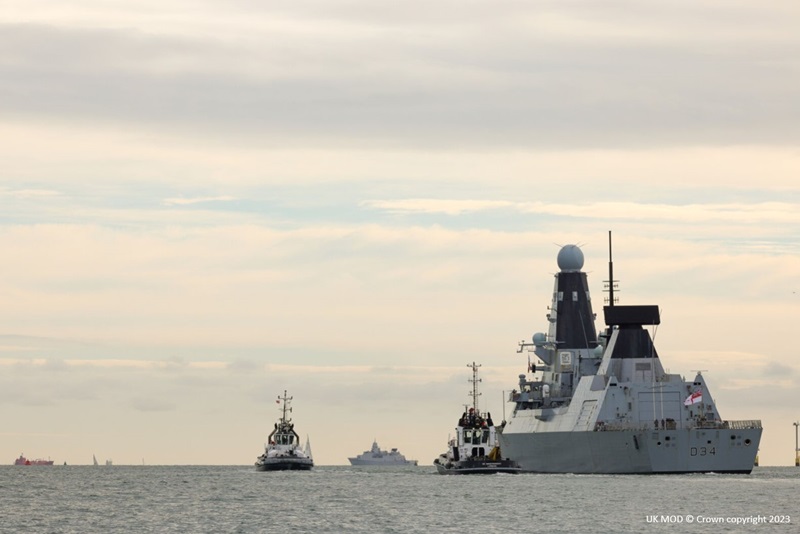
Build-to-Print Services for the Defence Sector
Build-to-print services are a critical component in on time delivery of integrated naval and defence sector systems. Providing the ability to outsource the production of parts or products while maintaining control over design and quality specifications is crucial. Partnering with an experienced and trusted build-to-print manufacturer ensures the successful development, production, and support of mission-critical systems and equipment.
In this blog post, we highlight the critical elements involved in a successful build-to-print project delivery:
Military Standards & Security Compliance
Defence projects often require adherence to rigorous military standards and specifications. It’s important to ensure that your build-to-print manufacturer is well versed in these standards, such as MIL-STD-810 for environmental testing, MIL-STD-461 for electromagnetic compatibility, and others relevant to specific equipment or systems. An added capability in delivering to these standards would be the presence of an in-house compliance team who are trained and experienced in testing and approving equipment to these standards.
Defence contracts involve sensitive information and technologies subject to strict export control. Ensuring that your build-to-print suppliers have a staff that is security cleared, as required, and supported by the necessary processes in the workplace should be another key factor.
Advanced Materials & Quality Assurance Technologies
Defence applications often require the use of advanced materials and manufacturing technologies to meet performance, durability and weight requirements. Your build-to-print manufacturers must have the capabilities to work with materials such as high-strength alloys, composites, and speciality coating, as well as machining, additive manufacturing and surface treatment processes.
Precision and reliability are also vital in defence applications where components must function flawlessly under extreme conditions and stringent performance requirements. Maintaining tight tolerances and implementing robust quality assurance processes, including thorough inspection, testing and documentation procedures, to ensure that parts meet or exceed specifications is a critical factor to be considered.

Supply Chain Resilience & Risk Mitigation
Defence projects often involve long lead times, complex supply chains, and dependencies on critical components or materials. It’s important to select build-to-print partners that have strategies in place to mitigate supply chain risks. Including dual sourcing, inventory management, and contingency planning, to ensure continuity of production and timely delivery of components.
Based on the specification, the manufacturing procures the necessary materials, components, tooling, and equipment required for production. This may involve sourcing materials from approved and new suppliers that meet the required standards and specifications. A detailed manufacturing plan is completed that outlines the sequence of operations, production process, quality control measures, and resource allocation needed to meet the customer requirements. Production activities begin according to the establish plan. This may involve various manufacturing processes such a machining, casting, forging, welding assembly and finishing dependent of the product been manufactured.
Lifecycle Support & Obsolescence Management
Due to the complexity of the projects, successful execution of build-to-print projects for defence applications requires close collaboration and communication between the manufacturer, the defence contractor, and other stakeholders. Ensure that your build-to-print manufacturers have robust project management systems in place to facilitate communication, track progress, and address any issues or changes throughout the manufacturing process.
Defence systems have long operational lifecycles and may require support and maintenance for decades after deployment. Selecting build-to-print partner manufacturers that may offer comprehensive lifecycle support services, including spare parts production, repair and refurbishment, and obsolescence management, is imperative to ensure the continued availability and performance of your critical components over time.
It’s All in the Detail
In conclusion, successful build-to-print manufacturing hinges on meticulous attention to detail, stringent quality control measures, efficient production processes, and responsive customer service. Done well, it is a true collaboration between the customer and manufacturer, with a mutual commitment to excellence, and pursuit of improvement and innovation. By prioritizing quality, efficiency, performance, and customer satisfaction, customers can achieve sustained success in the provision of precision-engineered products tailored to meet your diverse needs.



